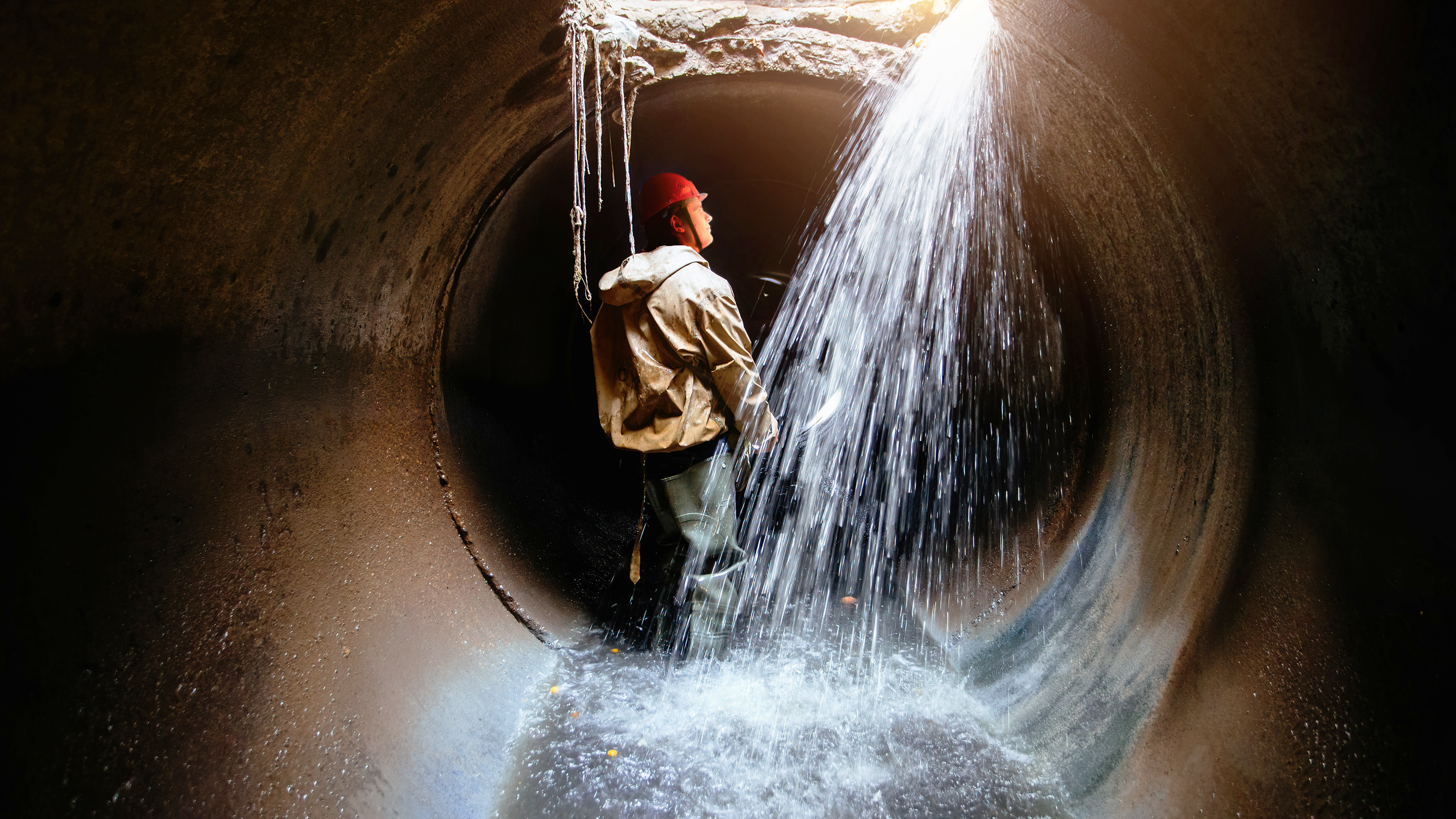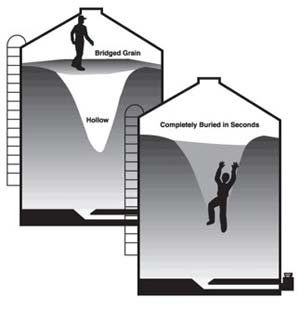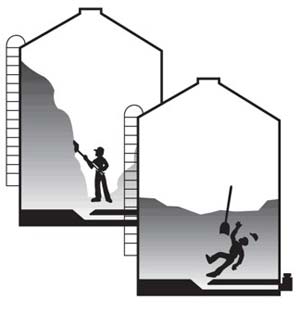
Blog Post #18 – In the previous blog posts, we discussed how there are two categories of confined spaces; non-permit required confined spaces, and permit-required confined spaces. But one of the hardest things for many people to get their head around is that the classification of a confined space can change due to various factors. So, the focus of this blog post is why and when non-permit spaces must be reclassified as permit-required spaces.
When Must You Reassess a Non-permit Required Confined Space?
By definition, a non-permit required confined space is a space that meets all three of the elements of a confined space, but does not meet any of the requirements of a permit-required confined space. If a confined space is classified by an employer as a non-permit required confined space, that space does not have to be identified with a warning sign, no permit is required to be filled out prior to entering the space, and no precautions listed in the permit-required confined space standard need be taken for their employees to enter, with this one exception; each entry employer must have a person (more specifically, a competent person per the construction standards) re-evaluate a non-permit required confined space if there are any changes to the use or configuration of that space that might increase the hazards to entrants, or if there is some indication that the initial evaluation of the space may not have been adequate.
Reclassifying a Non-permit Confined Spaces as a Permit Required Space
If an actual or potential serious health or safety hazard is subsequently identified in a non-permit space, the space must be reclassified as a permit-required confined space for as long as the hazard(s) remain. The requirements to conduct this reassessment are found in 1926.1203(f) for construction, and 1910.146(c)(6) for general industry.
Below is one example of when a non-permit required confined space would have to be reclassified as a permit-required confined space.
A new stainless steel process tank is installed in a manufacturing facility. This tank has never contained any material, has no mechanical hazards such as an agitator, no fill lines attached, and no other safety hazards present; therefore, this tank was classified by the employer as non-permit required confined space. However, before turning the equipment over to the customer, an employee must enter the tank to conduct a final inspection. Before leaving the tank, the entrant must then decontaminate the interior of the tank by wiping the entire interior surface with isopropyl alcohol. This creates a potentially hazardous atmosphere due to the flammable and toxic properties of the isopropyl alcohol. Therefore, this tank must be reclassified as a permit-required confined space and entry made under a permit, at least while this hazard-producing task is being performed.
As you can imagine, there are many other possible scenarios where non-permit required confined spaces would need to be reclassified as permit-required confined spaces due to similar circumstances. If you wish, feel free to provide an example in the comments section below. You can also use the comments section to ask questions about this topic.
Be sure to come back later and read our next blog post about the converse of this topic, when we discuss OSHA’s procedures for temporary reclassification of a permit-required confined space to non-permit required status. Last but not least, I encourage you to take a moment and spread the word about our confined space training blog by sharing a link to this post with others in your network, so they too can benefit from this information. Thanks – Curtis






